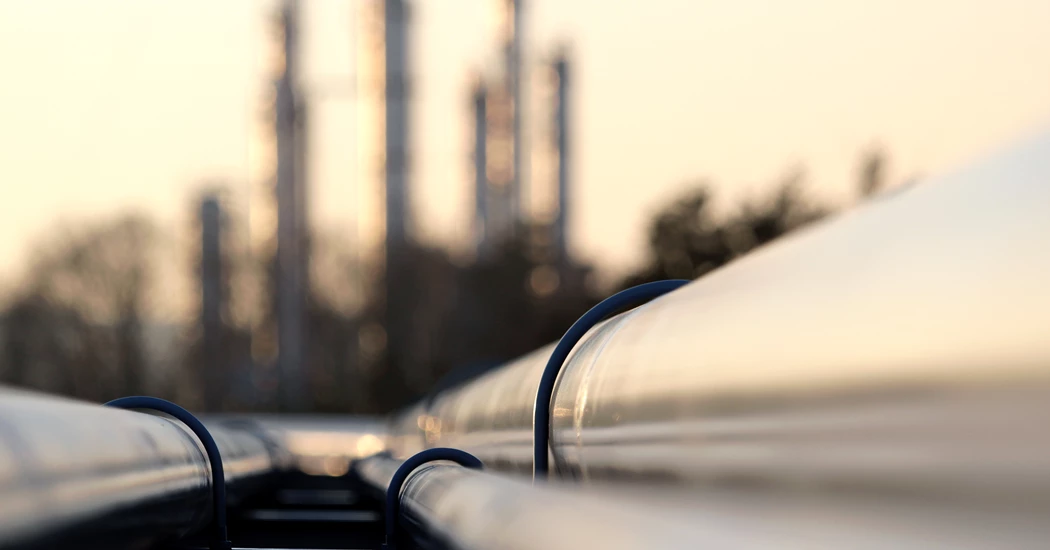Exploring the broader gas equation amid fluctuating markets and promising times as emissions pressures ramp up
So you have made a gas discovery, what next? Ben Smith, Partner, Norton Rose Fulbright LLP, weighs up some of the challenges and opportunities orbiting a veteran fuel that figures strongly in our future
In simpler times, the discovery of a large gas discovery would prompt a decision making process regarding how one delivered the gas to market in the most cost effective manner, a decision between building pipelines or building LNG based primarily on the distance the gas reserves were from the potential market.
We all recall the graph that showed how LNG overtook pipelines as the most cost-effective solution at about the 2,000-mile mark (for onshore pipelines, and much sooner for offshore).
The decision making has now got much more complicated, and the window for making those decisions may be closing.
In addition to the economics of distance, developers of gas reserves need to consider greenhouse gas (GHG) emissions, and the attitude to GHG emissions in their target market, and how that may change over time.
The cost of carbon will need to increase, particularly in Asia, so that gas, in whatever form, is able to displace coal, the most GHG intensive form of energy.
The GHG emissions associated with the operation of a pipeline have been much less than the operation of a LNG liquefaction train, but many greenfield liquefaction projects are now looking at electrical drives in compressors driven by renewably generated electricity in an attempt to cut emissions associated with liquefaction.
Large amounts of low cost green power will not, however, be available to all proposed projects.
Dramatic gas price shifts
Pipelines commit a supplier to a particular market, and gas markets are arguably more vulnerable to big shifts than they have been for a long time. The introduction of new taxation and other policies to encourage the energy transition may make a gas market less attractive than it was at the time that the pipeline was built.
The EU’s Carbon Border Adjustment Mechanism and the differing values that governments in the East and West are putting on carbon are two examples of how assessments of the attractiveness of markets may change over time due to change in regulation.
Blue ammonia appears to be an attractive option, particularly for projects in the US which can take advantage of 45Q tax credits for carbon capture and support from the Inflation Reduction Act.
Markets and infrastructure for ammonia already exist, either as a low-carbon alternative for grey ammonia or in fast developing new markets such as a marine fuel. In Japan and elsewhere in North Asia there is considerable interest in using low carbon ammonia in power generation, in part as a way of reducing the carbon intensity of existing fossil-fuel power generation.
Blue ammonia requires CCS facilities, either close by, or developed at the same time, increasing the development costs and risks. The cost of CCS, particularly without the fiscal support given in the US, is uncertain at the moment.
The ammonia equation
No one really knows how deep the market for ammonia will be, and whether there is a risk of flooding the market - something that currently seems inconceivable.
Most significantly, at what stage will the market move away from blue ammonia to green ammonia?
If production of green ammonia ramps up rapidly, costs are expected to fall, and blue ammonia could be stranded as a less environmentally acceptable, more expensive to produce, variant of the fuel.
Gas developers may be facing their Betamax/VHS moment, but the decision is unlikely to become easier as time goes by.
Energy Connects includes information by a variety of sources, such as contributing experts, external journalists and comments from attendees of our events, which may contain personal opinion of others. All opinions expressed are solely the views of the author(s) and do not necessarily reflect the opinions of Energy Connects, dmg events, its parent company DMGT or any affiliates of the same.
KEEPING THE ENERGY INDUSTRY CONNECTED
Subscribe to our newsletter and get the best of Energy Connects directly to your inbox each week.
By subscribing, you agree to the processing of your personal data by dmg events as described in the Privacy Policy.
















